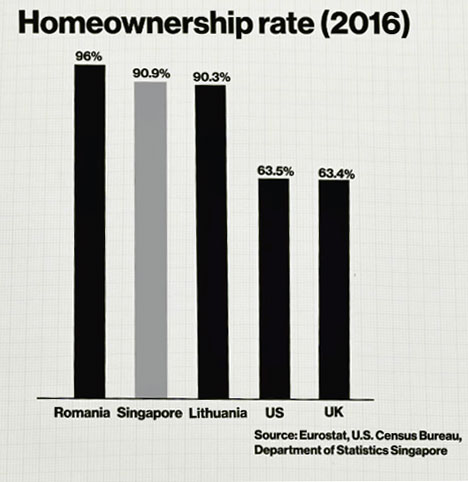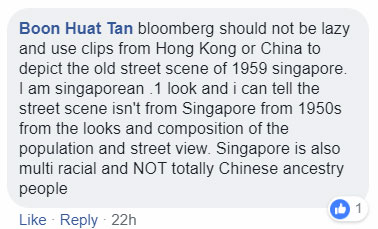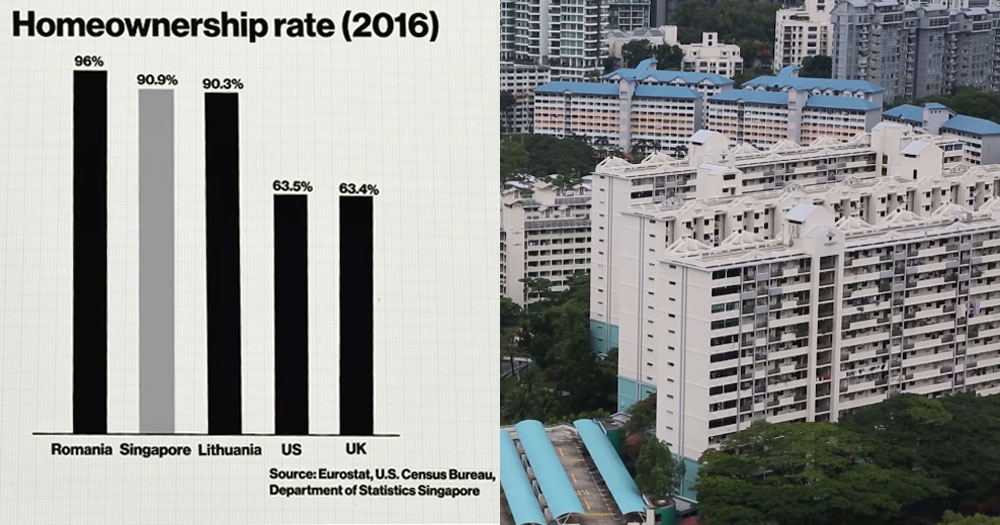Public housing in Singapore has been the talk of the town these days -- with no signs of abating.
And adding to the chatter is Bloomberg Asia.
On Aug. 31, 2018, it published an approximately four-minute video about what makes public housing work in Singapore:
A brief history of HDB
A crash course on how public housing in Singapore came to be, the video, "How Singapore Solved Its Housing Problem", extolled the virtues of the Housing & Development Board (HDB).
Here's what the video said -- a narrative Singaporeans are familiar with, but less so among foreigners:
• In Singapore, government-building public housing are clean, safe and well-maintained.
• About 80 percent of Singaporean households live in them.
• Singapore is one of the few countries in the world to achieve full home ownership status.
• Some 90.9 percent of the city's households own their own homes.
• This is in between Romania (96 percent), and Lithuania (90.3 percent).

How Singapore fixed its housing problem
• In 1959, Singapore obtained self-governance from the British.
• The Hosing & Development Board was developed in 1960.
• The mission when it started out was to build rental units for the poor.
• The population was urged to leave informal settlements for new high-rises, which was a challenge.
• The squatter settlement of Bukit Ho Swee was mysteriously burned down on May 25, 1961.
• Some 400,000m² of settlement was razed by the fire.
• Four people were killed, and 16,000 left homeless.
• The fire victims were then successfully rehoused by the government in one year.
• New housing was then built on the site of disaster over next five years.
• The housing projects won over the people.
• By 1965, HDB managed to build over 51,000 apartments.
• This meant rehousing 400,000 people, which represented one-quarter of the population.
From renting to selling
• HDB started out by renting out apartments, but then began selling them in 1964.
• Singaporeans had to set aside money to be saved in the Central Provident Fund meant for retirement.
• In 1968, the government allowed the fund to be used for housing expenses.
Subsidised housing with conditions
• Singapore's public housing is not only for the poor, but for the masses.
• The income bracket that citizens fall into will determine the type of housing they can buy, from two-room apartments to condominiums.
• Public housing is usually 20 to 30 percent cheaper than private property.
• Buyers had to order the apartments a few years in advance and occupy it for at least five years before selling it.
• There are currently one million apartments in Singapore designed and built by the HDB.
• Public housing is used for social control.
• Quotas ensure there is a mix of residents from various races to prevent formation of racial enclaves
[related_story]
Reactions
Singaporeans who watched the video pointed out that some scenes supposedly depicting Singapore in the old days might not be accurate.


Reactions from non-Singaporeans, on the other hand, were a mix of appreciation and awe:


If you like what you read, follow us on Facebook, Instagram, Twitter and Telegram to get the latest updates.
